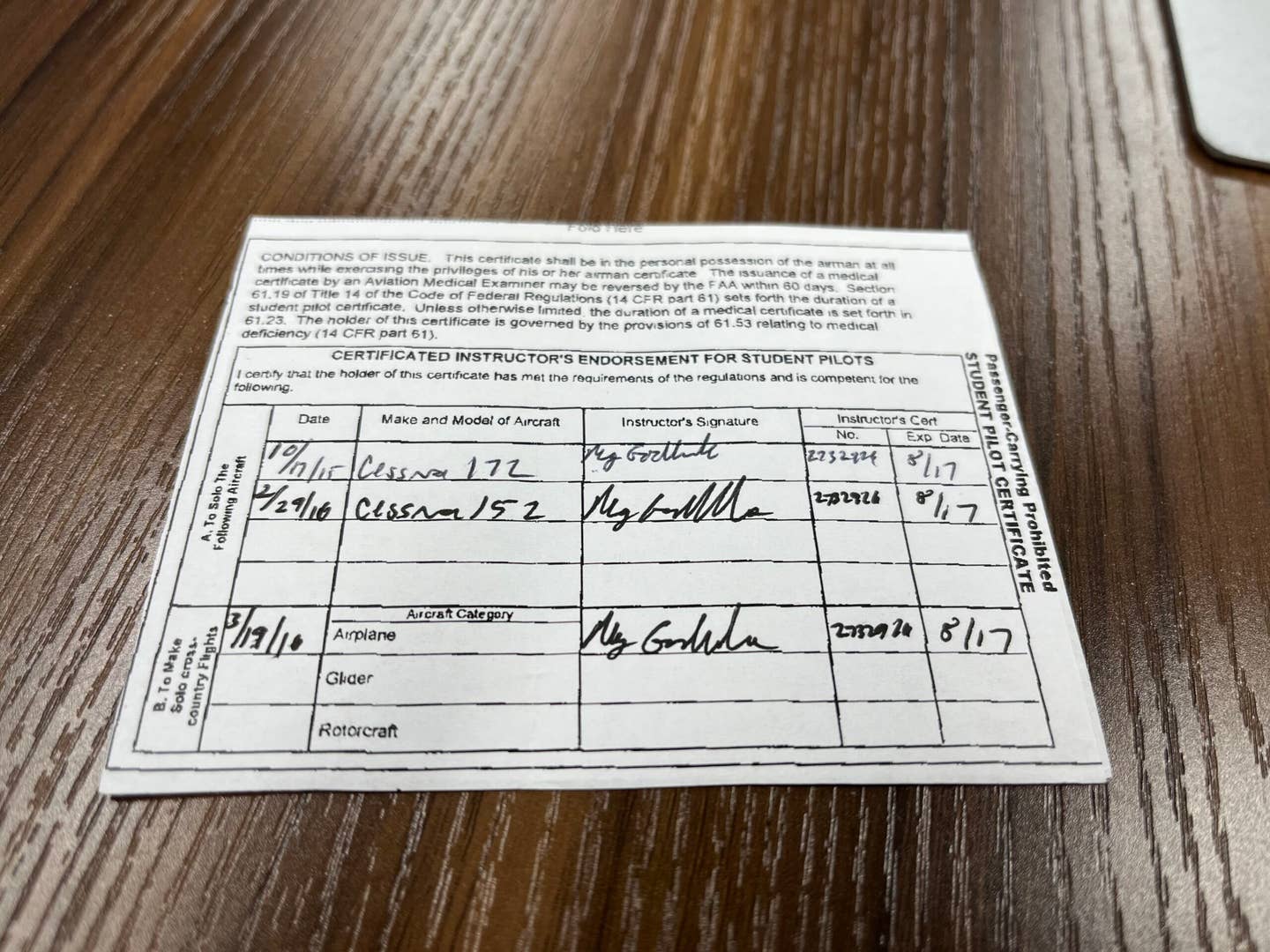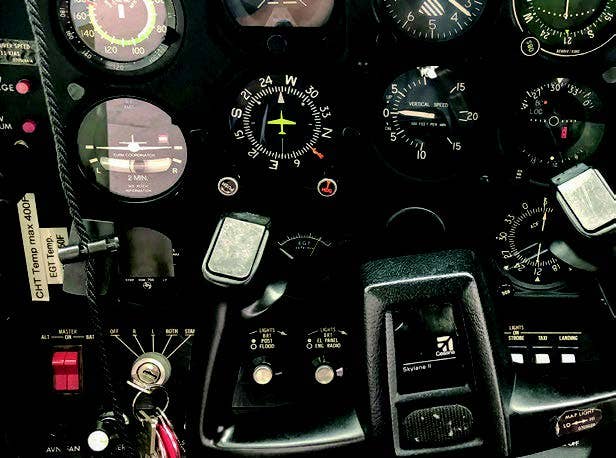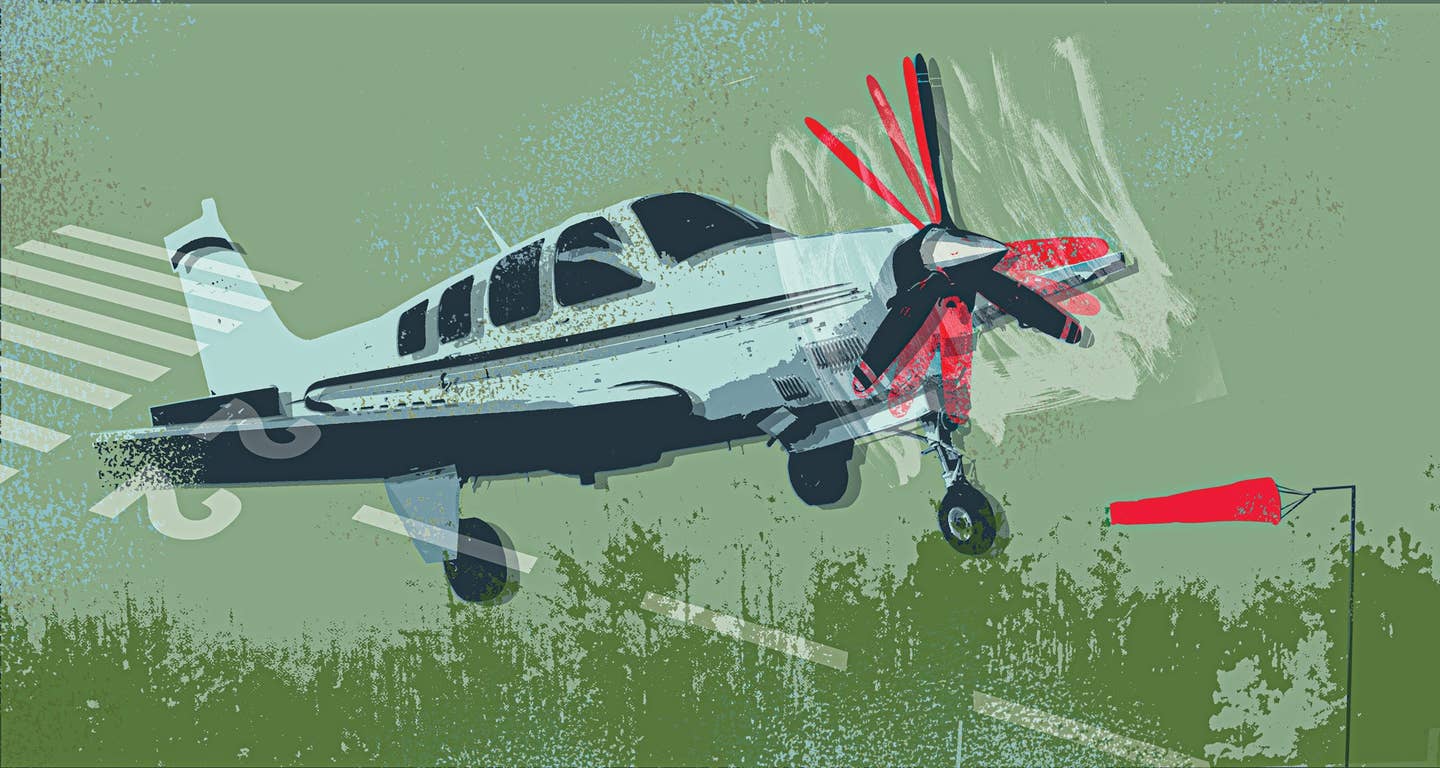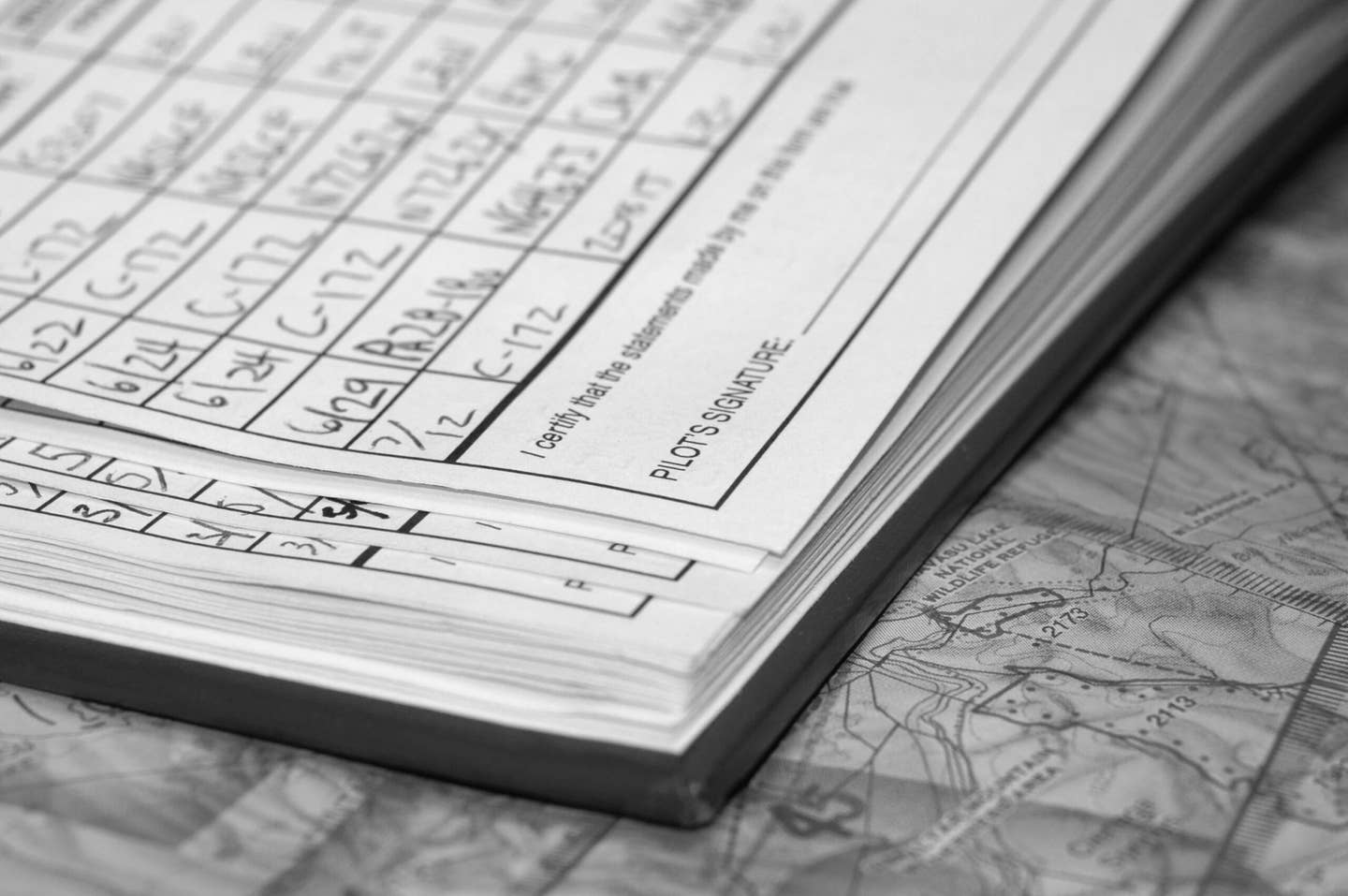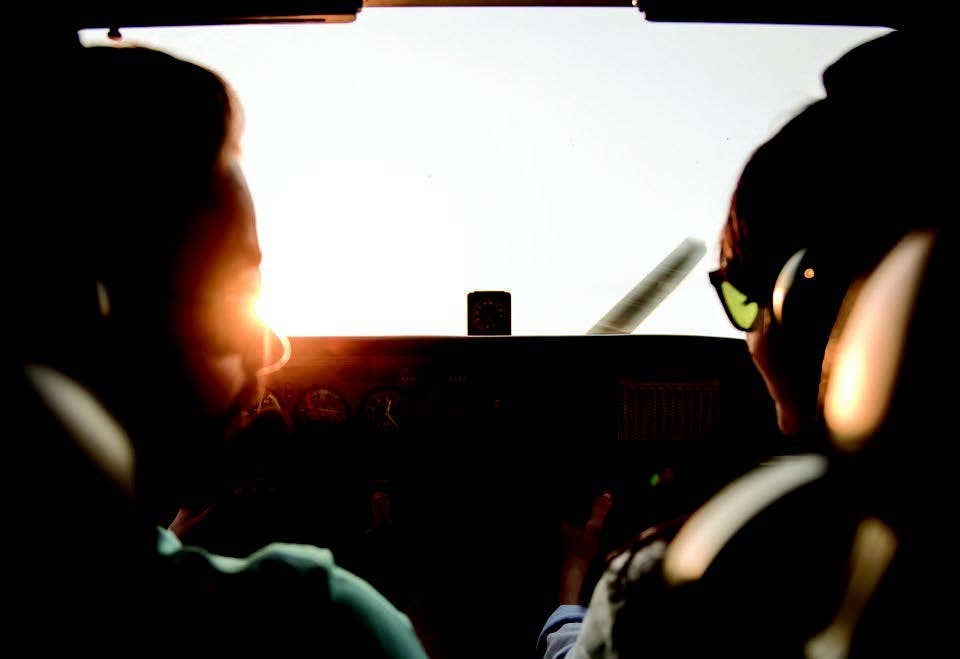A Skymaster Taking Off on One Engine?
The NTSB links a potentially preventable Cessna 337 Skymaster accident in remote Alaska to an inadvertent stall.

An aerial view of mountain tops and glaciers of Harriman Fiord, Alaska, gives a sense of the state’s forbidding terrain. [Credit: iStock]
Alaskan flying entails decisions and improvisations that pilots in the contiguous U.S. seldom contemplate. Remote locations, rugged terrain, and harsh weather on one hand, and, on the other, the urgent human needs that airplanes fulfill, create a press-on-regardless mentality. It takes a hardy pilot to survive.
In June 2000, near the Yukon River in the state’s southwestern corner, a Cessna 337 crashed shortly after takeoff, killing one such pilot.
The airstrip near the remote town of Marshall then consisted of 1,940 feet of hard gravel surface, 30 feet wide, 90 feet above sea level. The wind was calm, the sky clear, the landscape illuminated by the late-evening twilight of the Alaskan midsummer.
If you're not already a subscriber, what are you waiting for? Subscribe today to get the issue as soon as it is released in either Print or Digital formats.
Subscribe NowThere was one witness, not of the crash itself, but of the events that preceded it. The starter motor on the rear engine had failed. The pilot’s companion offered to fly him somewhere to get a replacement, but the pilot, who had logged 600 hours in the 337 and said that he had done single-engine takeoffs in it before, was determined to take off using just the front engine. The pilot and his companion paced out a distance on the runway, and the pilot said that if he was not airborne by that point, he would abort the takeoff.
His companion then watched from beside the runway as the Cessna accelerated. Its nosewheel was lifting off as it passed the abort point. The airplane climbed to about 50 feet, the wings rocked slightly, and it then disappeared behind a low hill. Satisfied that the pilot was safely on his way, the other man left the airport. An hour later, he learned that the pilot had not arrived.
The airplane and the pilot’s body were later recovered from a small lake not far from the runway. The landing gear was retracted, the flaps set at the 1/3 position.
The 337 was equipped with a Robertson STOL kit. The handbook for the conversion recommends a special maximum-performance takeoff procedure. It is to set 2/3 flaps, lift the nose at 44 kias, climb at 56 kias to clear obstacles, then accelerate to 87 kias before reducing the flaps to 1/3 and retracting the gear. Blue-line—that is, single engine best rate of climb—speed is 87 kias at gross weight, and is the same for the Robertson conversion and the stock 337.
The airplane was relatively light. The National Transportation Safety Board calculated that it weighed 3,462 pounds, but that included an implausible allowance of 108 pounds for oil, evidently the result of confusing quarts with gallons. The likely actual takeoff weight would have been below 3,400 pounds.
The Cessna manual gives single-engine rates of climb, at a weight of 4,000 pounds, of 425 fpm with the front engine out and 340 fpm with the rear engine out. (When the rear propeller is not operating, there is excess drag due to separated flow on the relatively blunt rear cowling. The Robertson kit includes some aerodynamic mods to reduce that drag.) Cessna’s rate of climb figures apply at the blue line speed and assume a feathered prop on the dead engine. The propeller of the accident airplane was not feathered, however, because in order for a propeller to feather, it must be windmilling, and it’s pretty certain that the airplane never got to windmilling speed.
The single-engine rate of climb diminishes rapidly at lower than blue-line airspeeds. If the airplane climbs 340 fpm at 87 kias, it will climb only 200 fpm at 60. That is why one is well advised to accelerate promptly to the blue-line speed when taking off in any multiengine airplane.
Neither Robertson nor Cessna published any data or recommendations concerning single-engine takeoffs; in fact, the FAA eventually forbade them. POH guidance for engine-out emergencies assumes that the engine failure occurs after the airplane becomes airborne. The Cessna manual, however, does provide this admonitory note:
“The landing gear should not be retracted until all immediate obstacles are cleared, regardless of which engine is out... Airplane drag with the landing gear doors opened and the gear partially extended is greater than the drag with the gear fully extended.”
The manual cites a 240-fpm reduction in blue-line climb rate with the gear in transit and a dead rear engine. It does not specify what the penalty for a stopped, unfeathered propeller would be. But it is very probable that with the gear in transit, a stationary unfeathered prop, and a low airspeed, the vertical speed would be reduced to zero or less.
We don’t know at what indicated speed the pilot rotated, only that he lifted the nosewheel at the agreed abort point. Presumably he then became airborne. By establishing an abort point on the runway, however, the pilot had, in effect, set up the conditions for a short-field takeoff. Such a takeoff implied a low rotation speed and possibly quite a lot of flaps.
With only half the expected power available, however, the short-field strategy was not ideal. A higher rotation speed and a cleaner configuration would have been preferable. An airplane airborne out of ground effect at low speed accelerates with difficulty. Obviously, the problem is far worse when half the installed power is missing. The way to avoid that situation is to delay rotation until you have plenty of speed and to use little or no flaps, because flaps add drag. At sea level, a 3,400-pound airplane with a 210-hp engine and a constant-speed prop can comfortably get airborne without flaps in 1,900 feet; there was no need to use the special capabilities conferred by the Robertson conversion. In fact, it would have been better to delay rotating until almost the end of the runway.
The NTSB concluded that the accident had been the result of an inadvertent stall, citing as well the “improper retraction of the landing gear” and the pilot’s “overconfidence in the airplane’s ability.” It seems likely that a stall occurred, since, if the airplane had merely failed to climb, the pilot might have ditched it under control in the lake and very possibly survived. (The pilot seemingly did survive the impact, although with serious injuries; the official cause of death was drowning.)
In my opinion, the pilot’s confidence in the airplane was not misplaced. Very probably, it could have made the takeoff successfully if only the pilot had used the full length of the runway and then delayed retracting the landing gear until he reached the blue-line speed. The terrain ahead was low and flat; any rate of climb at all would have been sufficient. By setting an abort point, as if the main concern were the possibility that the front engine would fail, the pilot had inadvertently stacked the deck against himself.
This article is based on the National Transportation Safety Board’s report of the accident and is intended to bring the issues raised to our readers’ attention. It is not intended to judge or to reach any definitive conclusions about the ability or capacity of any person, living or dead, or any aircraft or accessory.
This column first appeared in the June 2023/Issue 938 edition of FLYING magazine.

Subscribe to Our Newsletter
Get the latest FLYING stories delivered directly to your inbox


